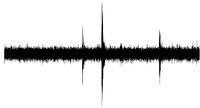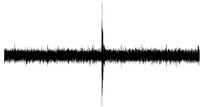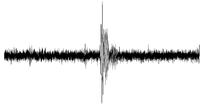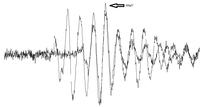emran_shd
Newbie level 5
Hi! i am working on the design of photodiode transimpedance amplifier of 100MHz using OPA657 Opamp. The first time when i switched on the power to the circuit, there were high frequency sinusoidal oscillations of about 10Vp-p. These Oscillations were removed after i tuned the feedback capacitor to 1pF. But the problem is that oscillations of 100 mV p-p having frequencies from 100 MHz to 400 MHz still remain there. These oscillations occur at the I/O pins and Supply pins of opamp. What could be the cause of these oscillations and How can i remove these oscillation when tuning the feedback capacitor and resistor has no effect in removing these oscillations.
Last edited:





